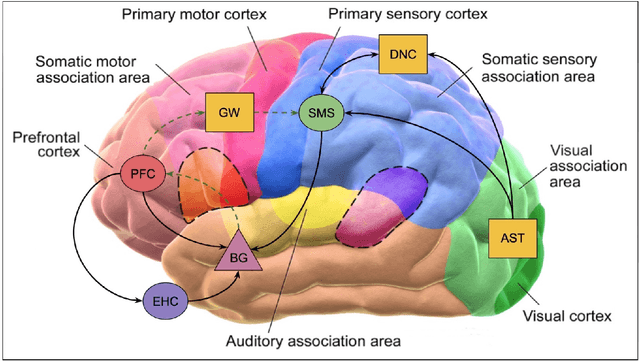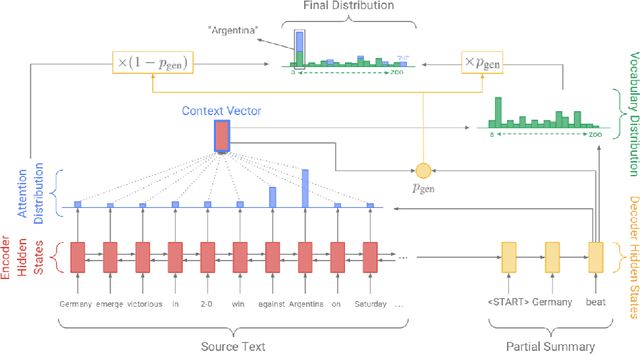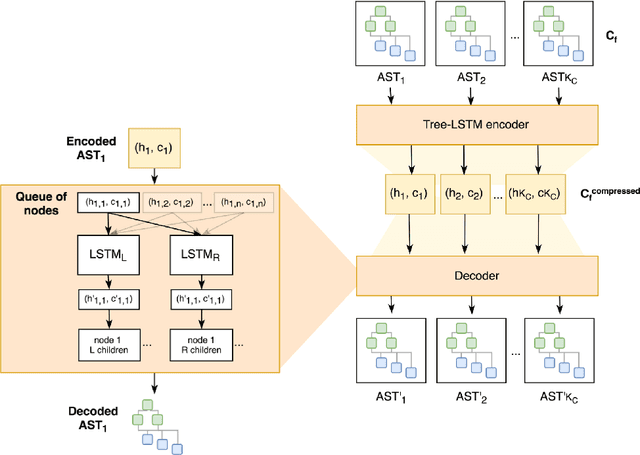Amanuensis: The Programmer's Apprentice
Paper and Code
Jun 29, 2018



This document provides an overview of the material covered in a course taught at Stanford in the spring quarter of 2018. The course draws upon insight from cognitive and systems neuroscience to implement hybrid connectionist and symbolic reasoning systems that leverage and extend the state of the art in machine learning by integrating human and machine intelligence. As a concrete example we focus on digital assistants that learn from continuous dialog with an expert software engineer while providing initial value as powerful analytical, computational and mathematical savants. Over time these savants learn cognitive strategies (domain-relevant problem solving skills) and develop intuitions (heuristics and the experience necessary for applying them) by learning from their expert associates. By doing so these savants elevate their innate analytical skills allowing them to partner on an equal footing as versatile collaborators - effectively serving as cognitive extensions and digital prostheses, thereby amplifying and emulating their human partner's conceptually-flexible thinking patterns and enabling improved access to and control over powerful computing resources.
 Add to Chrome
Add to Chrome Add to Firefox
Add to Firefox Add to Edge
Add to Edge